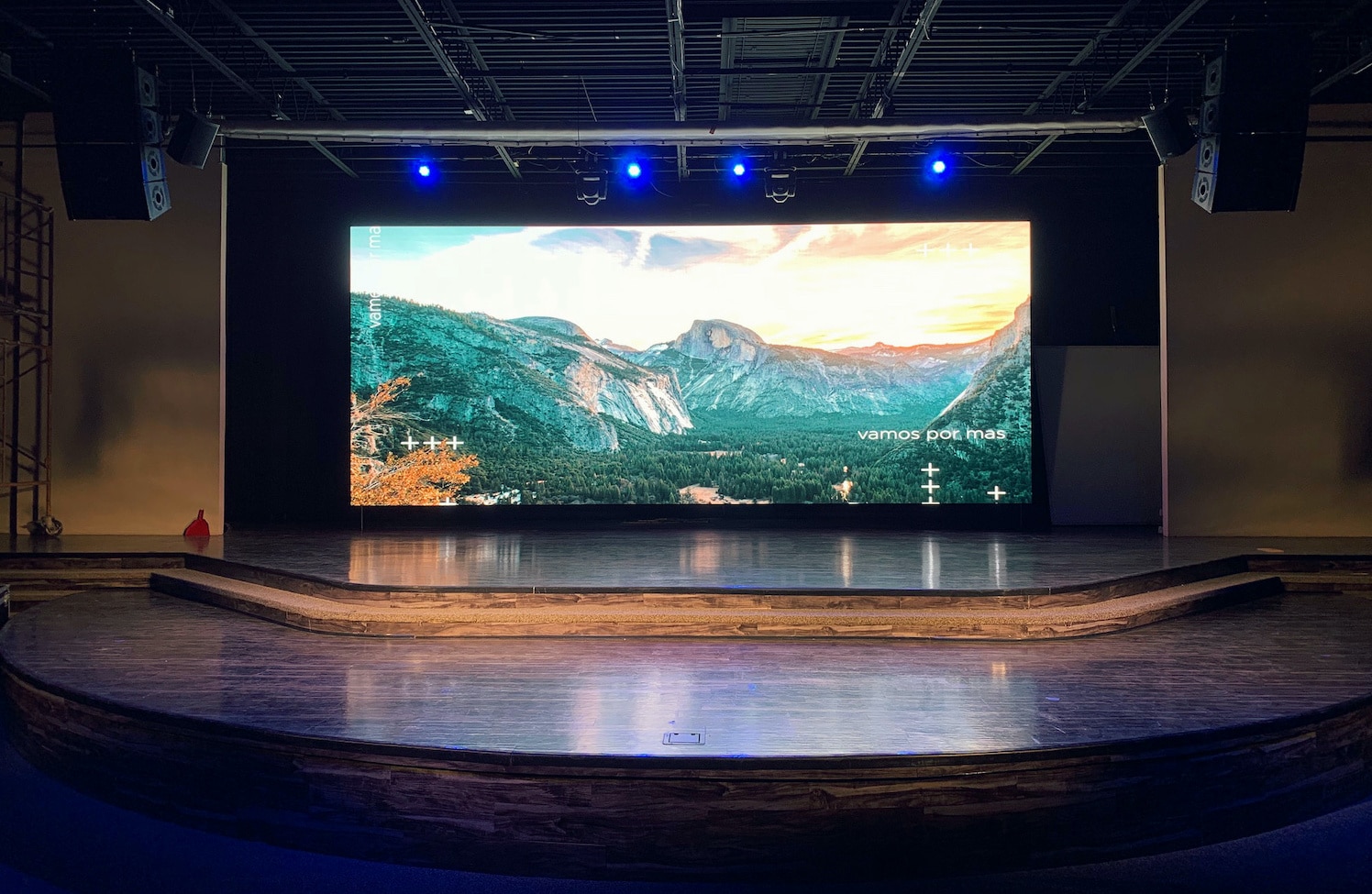Exploring the Longevity of Light Emitting Diode Wall Panels in Contrast to Traditional Screen Technologies
Exploring the Longevity of Light Emitting Diode Wall Panels in Contrast to Traditional Screen Technologies
Blog Article
LED wall panels have become increasingly popular in current times, particularly in settings like schools, corporate spaces, and community spaces. These panels use light-emitting lights (LEDs) to produce bright and vibrant images. One of the most notable advantages of LED technology is its durability compared to conventional display methods, such as CRT tube monitors (CRTs) and LCD crystal screens. Understanding the differences in lifespan and functionality between these options can help consumers make knowledgeable choices about their screen requirements.
Classic screen methods, like CRTs, have been present for numerous decades. They were commonly used in TVs and PC monitors. However, CRTs have a limited lifespan, typically lasting approximately 10,000 to 20,000 hours of use. This means that after a couple of years, users may notice a deterioration in image clarity, such as dimming or hue deformation. In contrast, LED panel screens can last significantly longer, frequently exceeding 50,000 hrs. This extended duration means that users can experience reliable performance without the need for frequent substitutions.
Another crucial factor to take into account is power conservation. LED wall panels utilize less energy than traditional displays, which not only benefits the ecosystem but also lowers electricity costs. For instance, while a CRT screen may use approximately 100 W of power, an LED panel can consume as few as 30 to 50 watts. This difference in power consumption contributes to the overall durability of LED technology, as reduced energy usage generates less thermal energy. Excess heat can damage electrical parts, leading to a shorter duration for conventional displays.
In addition to their longer duration and energy conservation, LED wall screens also provide enhanced image quality. They offer more vivid hues and better differentiation, making them perfect for various applications, from advertising to learning displays. The technology behind LED panels allows for a broader sight perspective, meaning that images remain clear and lively even when seen from the side. This is a significant benefit check it out over traditional displays, which often experience from hue distortion and reduced brightness at broader perspectives.
In summary, the longevity of LED wall screens in contrast to traditional screen technologies is a crucial factor for buyers to take into account. With durations that can exceed 50,000 hours, energy conservation, and enhanced visual clarity, LED technology provides many advantages. As innovation continues to progress, LED panel panels are probably to turn even more common in various settings. Understanding these differences can assist people and organizations make improved choices when investing in screen innovation, ensuring they receive the optimal worth for their requirements.